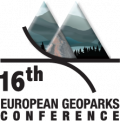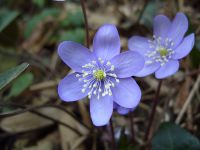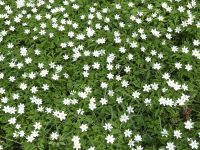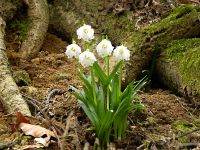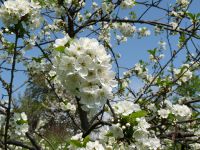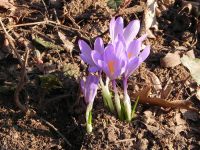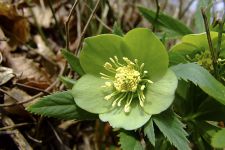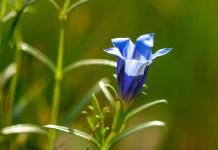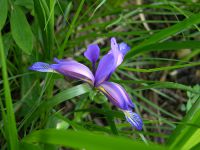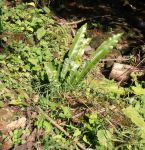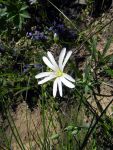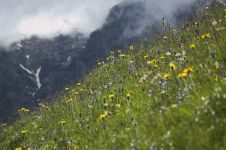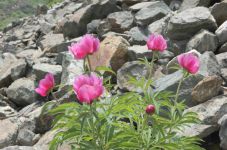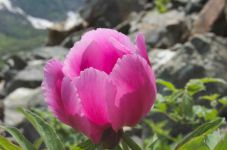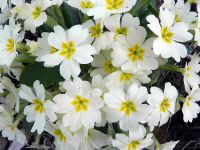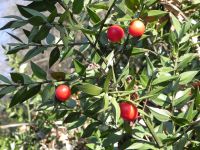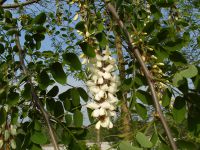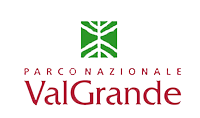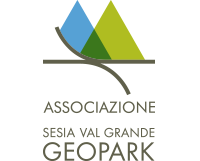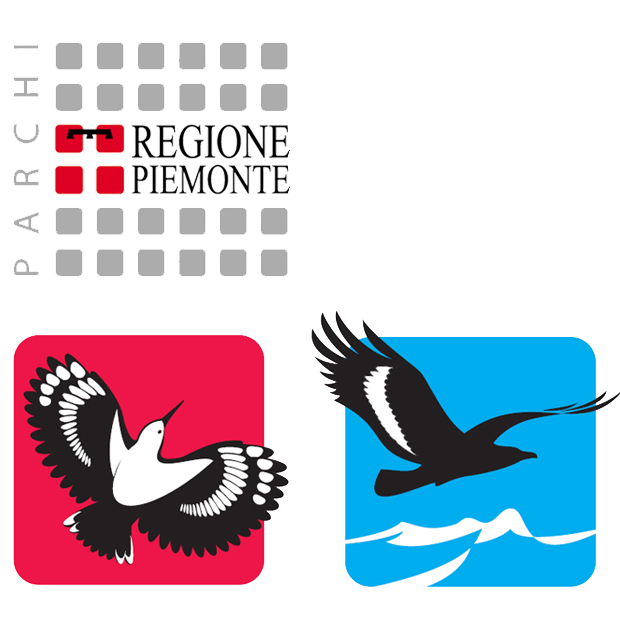- Home
- Nature
- Flora
The Flora of the geopark
The territory of the Geopark includes hilly areas and peaks over four thousand metres: there are different landscapes, with more or less flat areas, steep slopes and sharp ridges; abundant precipitation feeds the numerous rivers, and many lakes dot the landscape, from the great Lake Maggiore to small lakes at high altitude; moreover the rocks have an abundance of different chemical composition: this great variety of environmental conditions makes the flora of the geopark plentiful and varied, and there are also rare and endemic species.
At lower altitudes mixed broadleaved woodland predominates, where chestnut is abundant and is accompanied by other species, such as ash, various species of oak, birch, maple, aspen, wild cherry, and willow. Among these speciesblack locust also occurs: it is not indigenous but has become naturalized.
At higher altitudes beech prevails over other tree species, together with limited areas of forests of norway spruce and silver fir.
Higher still, larch is abundant and in some areas it forms woods while in others it is less prevalent, both because of the climate and felling in past centuries.
Yet higher still, shrubs replace the woods: green alder, with ferns and mosses, is located on the freshest and moist slopes; rhododendron and blueberry prefer to grow along the ridges or on the rocky outcrops and on the sunny slopes.
Even at high alpine altitudes there are meadows and where the environmental conditions become too severe only the pioneer species of extreme environments survive.
Among the rarest botanical species we can record alpine columbine, yellow gentian, the rare bellflower Campanula excisa and alpine tulip.
There are some areas where specific conditions determine the concentration of some species: for example, alpine rhubarb, wild spinach, clover, nettles and mint abound near huts and feeding troughs.
The ravines, environments special interest at European level, host yews, alders, lindens and maples.
Areas characterized by the presence of basic rocks allow the presence of rare species, for example the piedmontese garlic, or, on the marbles, the wild peony.
There is also a considerable variety of mosses, fungi and lichens.
Infromation:
www.parcovalgrande.it
www.areeprotettevallesesia.it/alta-valsesia
www.areeprotettevallesesia.it/monte-fenera
www.atl.biella.it
Copyright © 2014 Sesia Val Grande Geopark - Email This email address is being protected from spambots. You need JavaScript enabled to view it.



